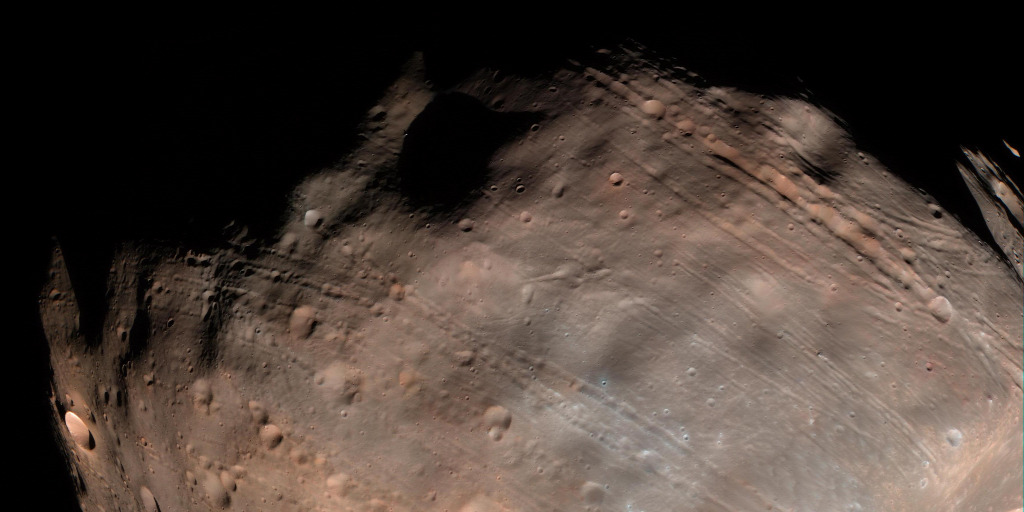The European Space Agency’s (ESA) Mars Express spacecraft may have found an unknown formation in the depths of Mars’ moon Phobos.
Our analysis is still at an early stage, but it is certain that some unknown structures may be hidden under the moon’s surface.” – sum it up The results of the discovery were presented by Andrea Cicchetti, an employee at the Italian National Institute of Astrophysics. The conditions surrounding the formation of Phobos are still shrouded in mystery, but Sechetti hopes the new observation will help us learn more about the formation of the moon.
Phobos and Deimos are two small moons of Mars, ominously named after the Greek goddess of fear and panic. It is noteworthy that neither of them is particularly similar to the moon. Both are small, Phobos’ diameter is less than 17 miles (27 kilometers), and they are more like globular asteroids than classic moons.
Because of the strange properties and asteroid-like composition of the two moons, it is difficult to determine how they formed. There are currently two hypotheses. According to one, they are actually asteroids captured by Mars, while according to the other, the debris of material torn from Mars could have formed into celestial bodies. Currently, there is not enough evidence to support either theory.
The structure hidden at depth was discovered by the MARSIS (Subsurface Sounding Radar/Altimeter) probe instrument.
This instrument mainly uses a 40-meter antenna to study the subsurface layers.
In the near future, the European Space Agency, in cooperation with the Japan Space Agency, will send a sampling robot to Phobos, so it may become clear what kind of structure MARSIS saw below the surface.












































